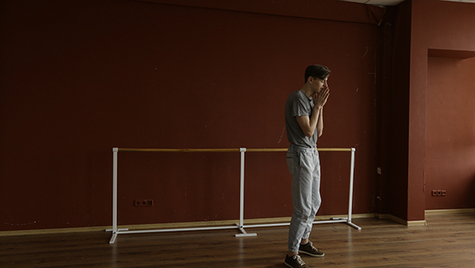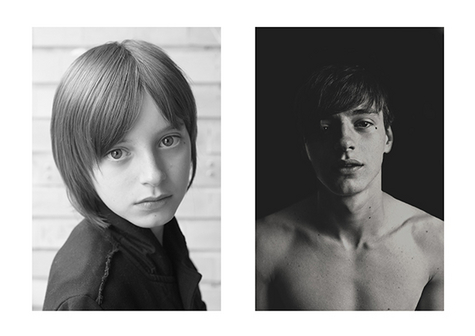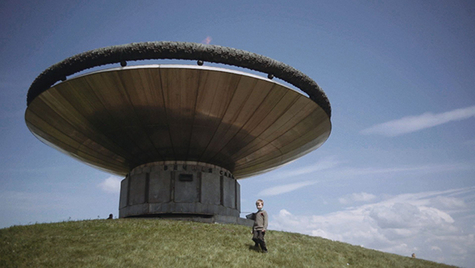May 9th
As a director and scriptwriter in the Ukraine, I’ve made three short fiction films, but I wasn’t fully satisfied with them. The stories were memorable enough, but my characters were rather flat, quite predictable and even emotionally ‘dead’. During the course of the Master’s programme my research focused specifically on the possibility of making a fictional character more vivid by bringing the maker closer to the fictional character and his or her story. I formulated my question as: “How can I create a nonautobiographical fictional character through which I, as a scriptwriter and director, can express my feelings and experiences?”
The discovery of a new way of building a character in film started with a revision of the relationship between maker and character. I challenged it in an autobiographical short documentary May 9th. The film explores the contradiction between the perception of the rituals of my family during Victory Day – the celebration of the end of WW2 – and my personal perception of May 9th, my birthday. Being both the main character and the maker in May 9th, it gave me an opportunity to experience and to reflect on my emotional connection to the subject of the film. This work was then the motivation for shaping a working method for scriptwriting that can give me an opportunity to be as close to a fictional character as I, as a maker, can be close to myself.
This method I call ‘Conditioning a Resonance’. The term ‘resonance’ comes from physics: it’s the tendency of a mechanical system to respond at greater amplitude when the frequency of its oscillations matches the system’s natural frequency of vibration. Resonance occurs when a system is able to store and easily transfer energy between two or more different modes of storage.
The emotional resonance that I’m referring to in my research, means an enhanced emotional response caused by recognition. Building a condition for resonance – creating, evoking and maintaining it – makes it a tool that can be useful for different projects in which the emotional charge of the artwork is one of the crucial elements.
This method focuses on establishing a mutual connection between the subjects of interaction: between me as a maker and a real person in order to create a fictional character; and between a fictional character and a spectator in order to evoke empathy. It provides a different perspective on the position of the narrator and gives an insight into the creative process of the collaboration with the person as the source for the creation of a character. It explores the relevance and use of the maker’s personal connection to a character and it elaborates on the continuous development of a story through the development of a character.
From the search for an alternative method of building a character derived its case study: a proposal for a short fiction film called Family Hour. This project tells about teenage dancer Danya (17) who is painfully experiencing the absence of his father who immigrated to Poland. The fIlm tells the story of their meeting, in a summer camp near Kyiv during visiting hours. Family Hour questions the boundaries of a family and explores the feeling of separation between close relatives.
- Year
2016
- Length (min.)
9
- Crew
Director Mariia Ponomarova
Cinematography Oleksii Kuchma, Mikko Keskiivari, Mariia Ponomarova
Editor Pedro Collantes
Sound design Sergio Gonzalez CuervoNon-fiction
Language Russian
Subtitles English
FAMILY HOUR
In collaboration with Daniil Zubkov
External mentor Helena van der Meulen
Proposal for short fiction film- Url
- www.ponomarova.com/blog



